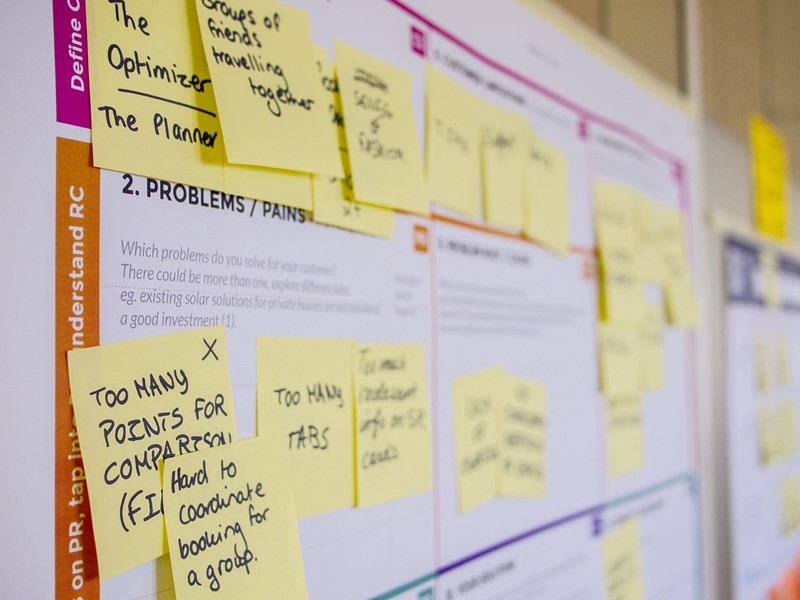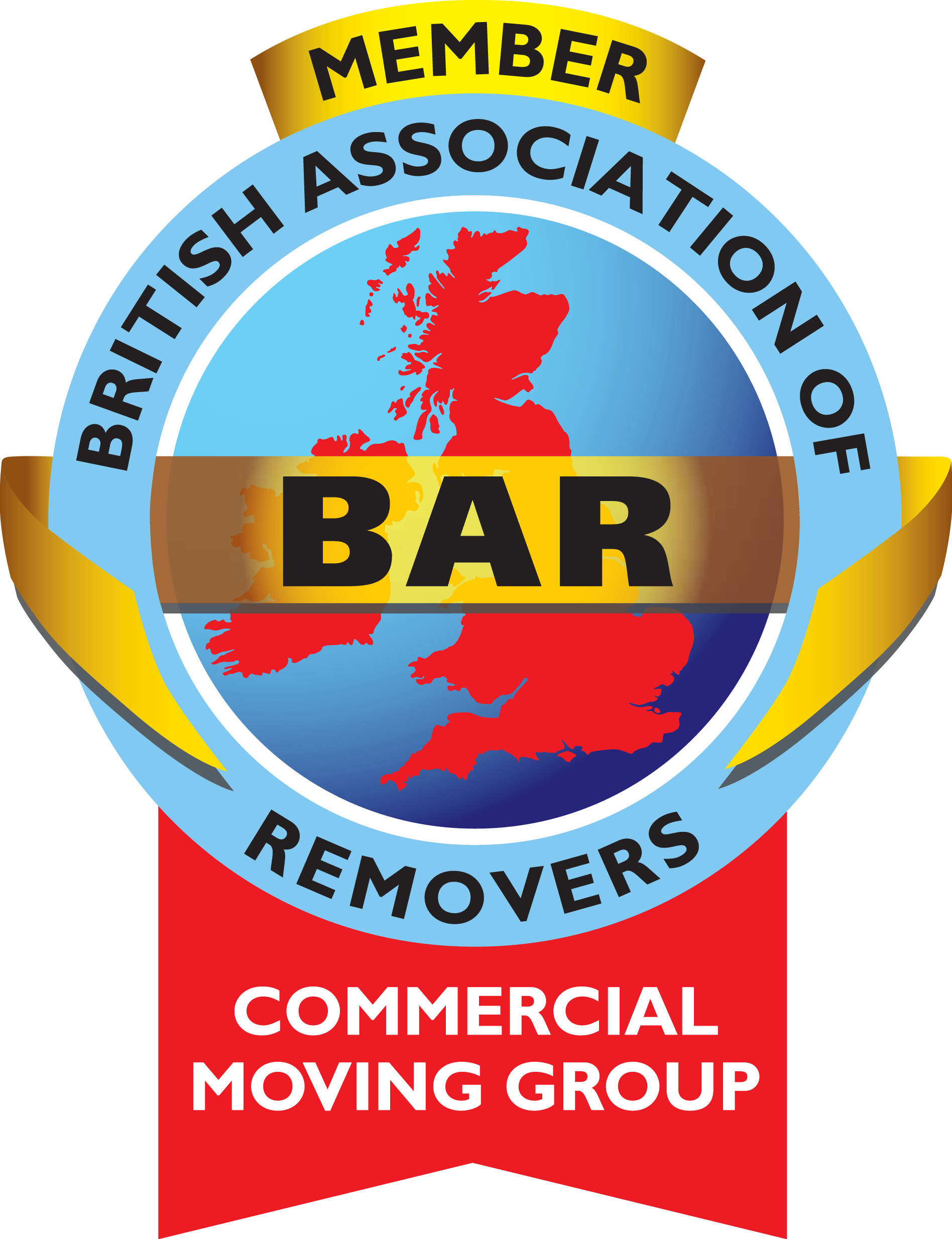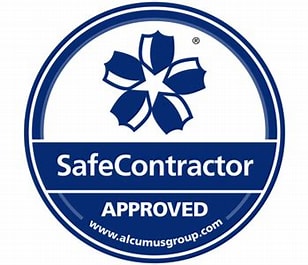If 2020 has taught us anything, it’s the need for business agility – and change management is no different
Follow this advice to create an agile change management programme with a strong foundation.

MORE STORIES
- Page 6 of 26
Please click here to chat through what you'd like your Success Story to be.
2021 may be the year of change management. Whereas 2020 saw businesses scrambling to adapt to ever changing circumstances, we are now in a position where we have a roadmap out of lockdown and businesses can make and implement plans. But any plans must adapt to the new workplace world, and that calls for agile change management.
What is change management?
Change management is a structured approach taken by organisations to move from the current to a future desirable state. It includes preparation and support for individuals and teams to make that change through stakeholder engagement and excellent communication.
Traditional change management programmes can often be lengthy processes. While that may have been acceptable pre-pandemic, the truth is that future programmes must be quick and agile.
Numerous businesses have demonstrated that they can do this, and we’ve helped many of our clients implement change management programmes in rapid timeframes. The trick now is to develop a programme that delivers on all objectives without the long timeframes, and that’s where the agility comes in.
Follow this advice to create an agile change management programme with a strong foundation.
- Declare your vision
We can all be resistant to change, which arguably makes the current climate the perfect time to launch a change management programme. Employees are fully aware that the workplace may be changing, whether that’s an office redesign or a relocation.
Declare your vision early on and how you intend to get there. That will set the agenda and you’ll spend less time fielding questions and more time advancing the programme.
- Engage with employees
Declaring a vision early on before being able to consult with every employee may leave some feeling like their opinion doesn’t matter. Nip this in the bud by opening individual dialogue with every employee. At small companies it may the MD that contacts everyone; at larger companies it can be a line manager.
Let everyone know that their opinions matter and will be taken into account throughout the process. Stick to this promise by having check-ins with employees and using company-wide surveys at key points of the programme.
- Empower the core team
Whether you have an in-house team, external partners or a mix, empower them to drive the project. Give them the resources and physical space to accomplish their goals and let them get on with the task at hand.
- Embrace incremental gains
A traditional change management project may not see many changes until its completion, when one big change is unveiled. An agile approach can make use of incremental gains – small changes that only have a small impact on the day-to-day. These can be easier for employees to digest and adopt, and multiple incremental changes can be managed at the same time.
The crux of an agile change management programme is being able to adapt to new challenges or needs at short notice. Even with a roadmap out of lockdown and a strong vaccination programme, there will probably be bumps in the road. Businesses that are agile will be best placed to deal with them.
We offer change management services along with our core office relocation services, often in partnership with trusted consultancies – last month we won a PFM award for our work with Aviva.
Get in touch to discuss how we can support your business.
MORE STORIES
- Page 6 of 26
Please click here to chat through what you'd like your Success Story to be.





